How to wash an inflatable pool?

What a joy it is to have a private outdoor pool, where you can cool off at any time. In order for the pool to serve for a long time and please its owners, it must be regularly maintained. We are talking about cleaning - this procedure must be carried out taking into account some rules.
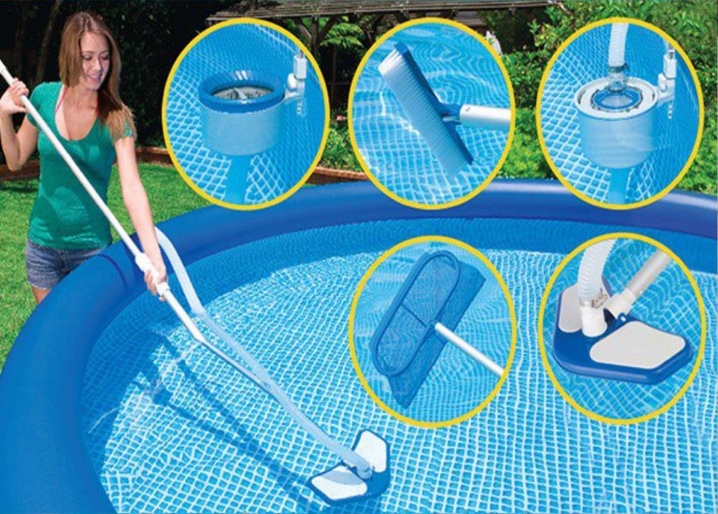
When do you need to clean the pool?
The pool cannot keep clean water all season. Even the use of special chemicals cannot provide such a result. After a while, the water acquires a green tint, begins to exude an unpleasant odor, the walls and bottom of the pool are covered with a slippery coating.
The operation of the pool becomes impossible, therefore, it is required to replace the water and deal with its purification.
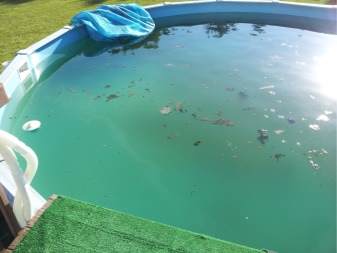
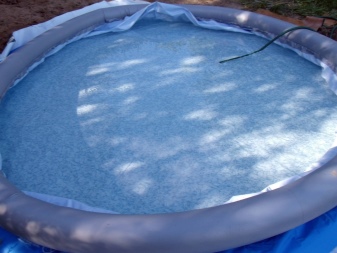
Bathing in such conditions will lead to negative and even dangerous consequences:
bacteria in water are dangerous to human health, especially for children;
green bloom makes the pool slippery, which makes its operation traumatic;
contaminated water quickly renders the work of auxiliary equipment unusable;
any water, except for distilled water, undergoes "blooming", in other words, blue-green algae begin to live and actively reproduce in it;
during bathing, hair, skin particles, sweat, cosmetics, sand get into the water - all this contributes to the rapid pollution of the water;
the wind also carries a large amount of debris into the water.
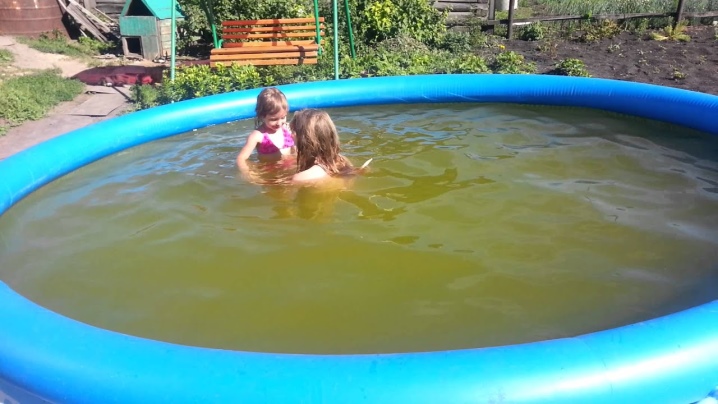
As much as you would like it, but protecting the water in the pool from pollution will not work. Therefore, there is nothing left but to cleanse it in a timely manner. These simple steps will make bathing safe and save tons of water.
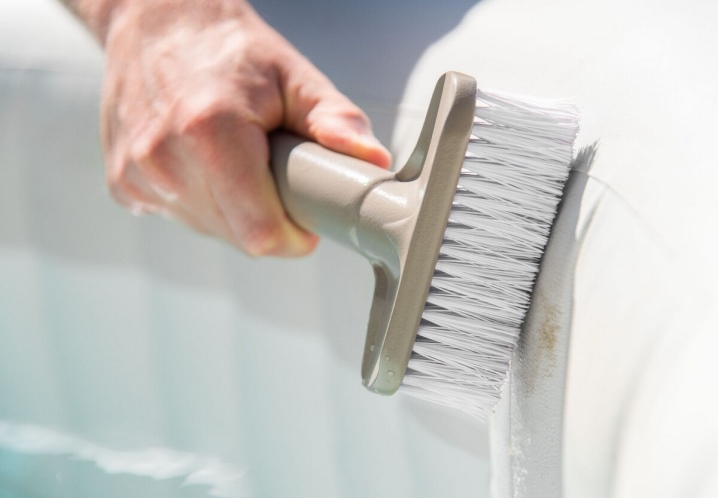
How to clean from plaque?
Plaque on the walls of the pool is different. Depending on its nature, a suitable method is chosen.
Lime formation is obtained from heavy water, which contains a large amount of solid particles.
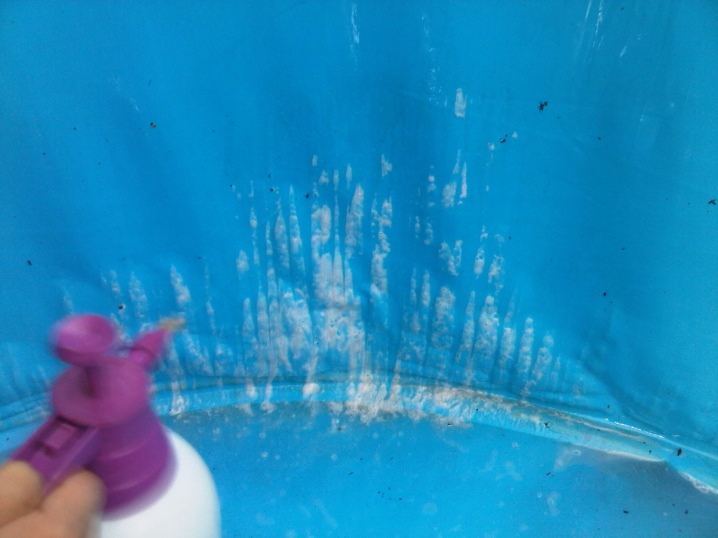
They stick to surfaces, gradually forming a white, difficult-to-remove plaque. There are several ways to remove it.
- Using a brush is time consuming and physically demanding. With a brush and a cloth, actively, but carefully, three walls and a bottom until the plaque is completely removed. This method can be used in the case of a small bloom, which does not require a lot of time. If such a procedure was not carried out during the season, then it makes sense to choose a different, more effective method to prepare the reservoir for the winter.
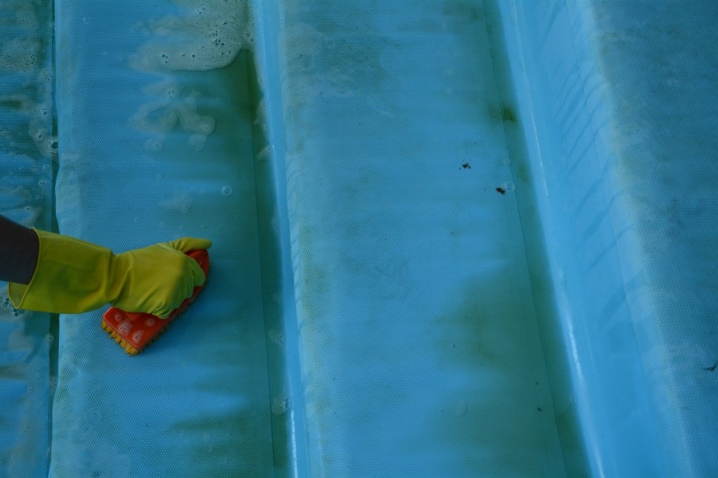
- A large assortment of chemicals is presented in specialized stores. With their help, you can easily, quickly and without unnecessary body movements to clean the reservoir, even in the case of thick plaque, which is often found after summer. Together with limescale, various kinds of dirt and stains are removed, and the bowl is disinfected.
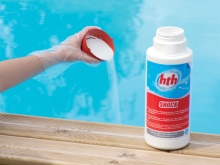

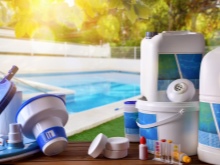
Slippery, green plaque must be removed throughout the season. You can also eliminate this nuisance using various methods.
With a special, water vacuum cleaner, you can quickly wash an inflatable pool without draining the water. This method is characterized by high efficiency, low time costs and ease of implementation.
If the tank is very dirty and the vacuum cleaner cannot cope, then you will have to drain the water and clean the bowl with brushes.
Filters are able to remove impurities from the water and the bowl that we cannot see. If you do not use a filter, the water will stagnate and deteriorate much faster. Filters are different, they differ in the principle of operation and cost:
sand - this is the most affordable option, inside of which there is quartz sand, capable of removing pollution from 20 microns;
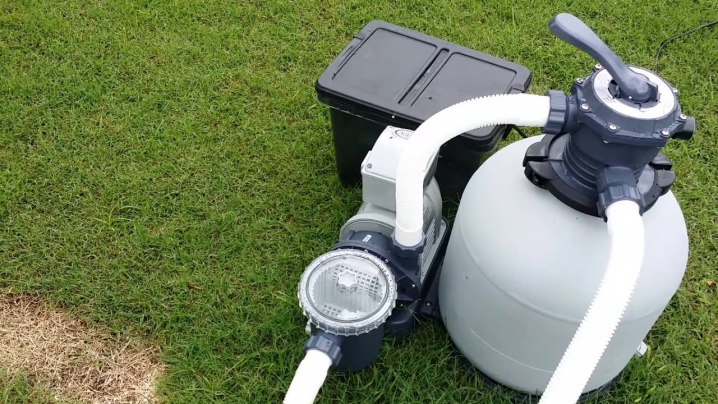
cartridge filters are capable of retaining debris from 10 microns, such filters are more expensive, but they also cope with their tasks better;
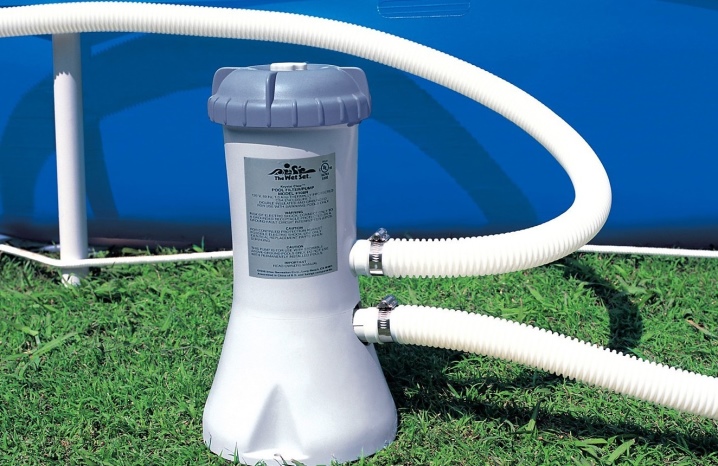
diatoms retain litter from 3 microns, are the most expensive, quickly clog, therefore they need frequent replacement.
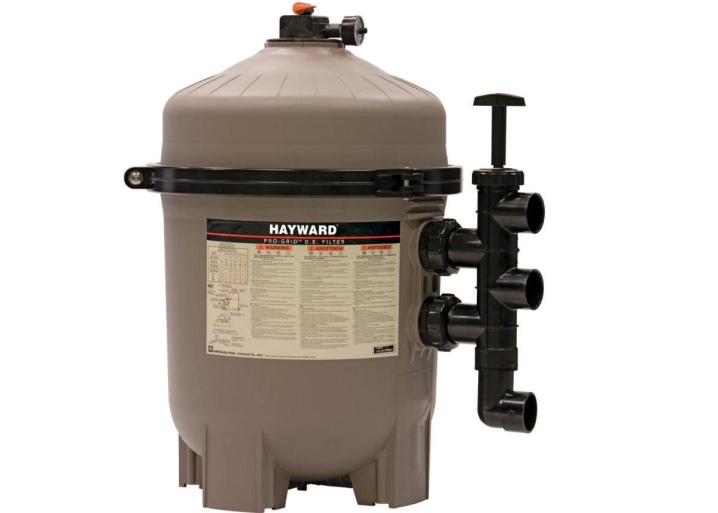
How to get rid of greenery?
There are several ways to restore transparency to green and cloudy water. Having studied each of them, you can choose the best and most convenient way. You can remove the green tint and neutralize all pathogenic microflora using special chemicals.
Zelenka, which is sold in every pharmacy and is available in any home medicine cabinet, is a powerful antiseptic. For a small baby tank, one bottle is enough, for larger pools you will need to spend 2 bottles. After using the brilliant green, the water will become transparent, with a beautiful, emerald hue.
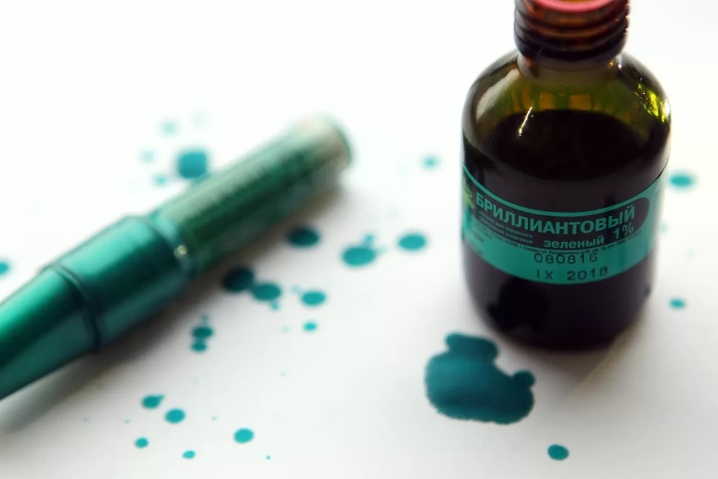
Hydrogen peroxide is another affordable antiseptic that is perfect for unpleasant and dangerous greens. Hydrogen peroxide enters into a chemical reaction with water, the result of which is the formation of active oxygen. It is he who has a detrimental effect on harmful microorganisms. Hydrogen peroxide can cause burns on hands and must be protected with gloves.
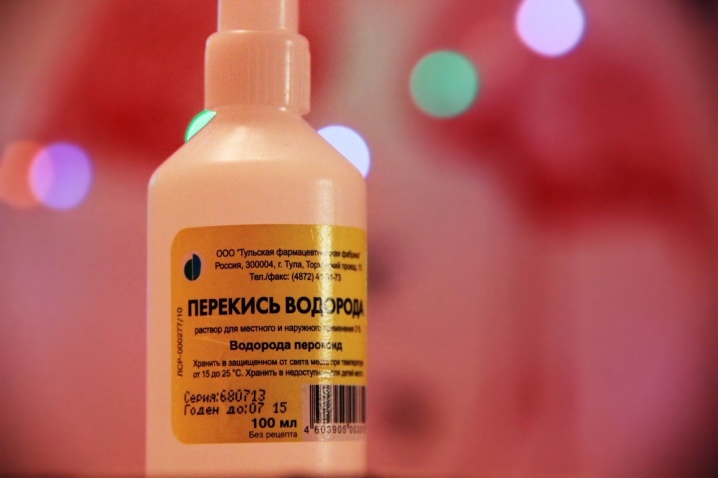
Copper sulfate has been used for water purification for a long time - it is a proven, well-known method. This tool has a wide spectrum of action, allowing you to immediately get rid of algae, fungi, microbes and other troubles. When working with copper sulfate, it is important to observe the recommended dosage and not forget about personal protective measures. Per ton of water, no more than 0.9 grams of a powdery agent will be required, which must first be diluted in water, and only then poured into the tank. To increase the effectiveness of the vitriol, you can add ordinary table salt.
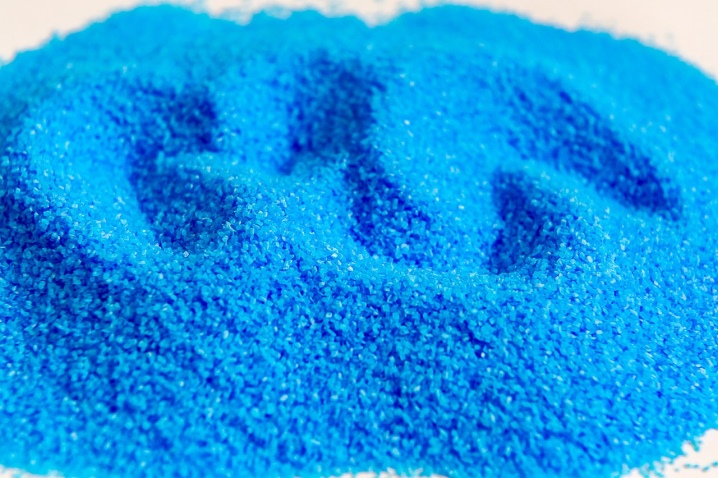
Whiteness is used to chlorinate water. This method is the most effective and fastest, with the longest lasting effect. After using whiteness, you need to measure the chlorine level in the water so that bathing is safe.
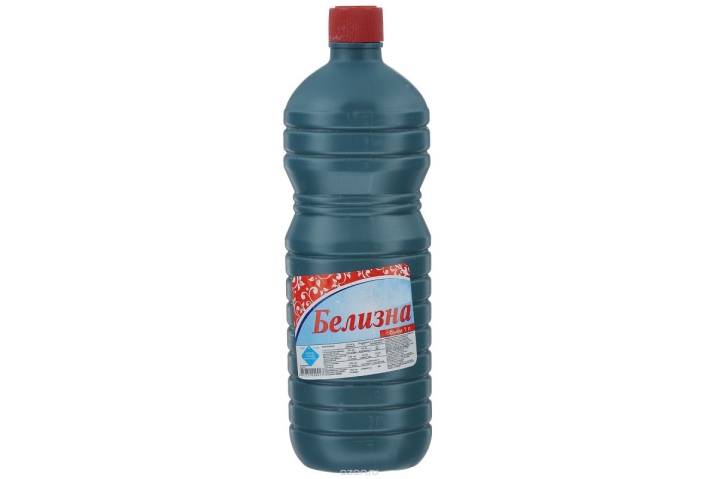
How to care for an inflatable pool, see below.



































































The comment was sent successfully.